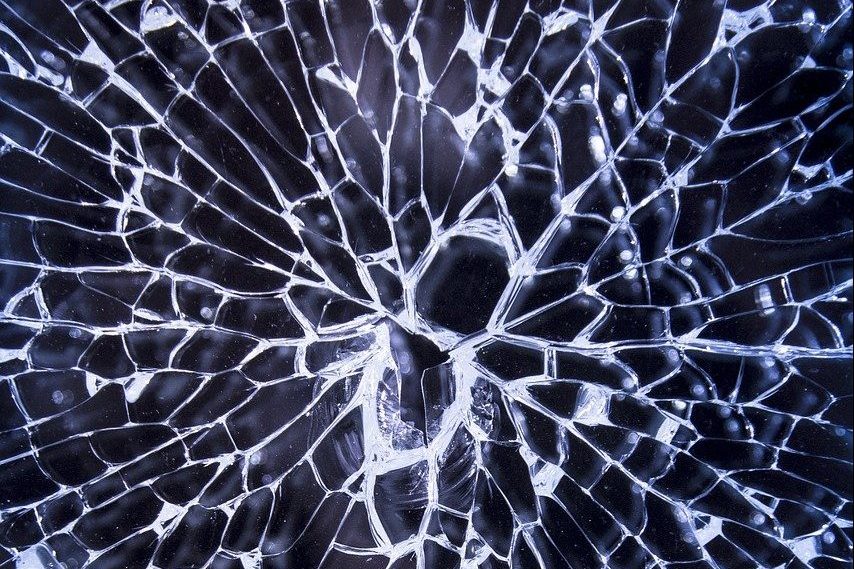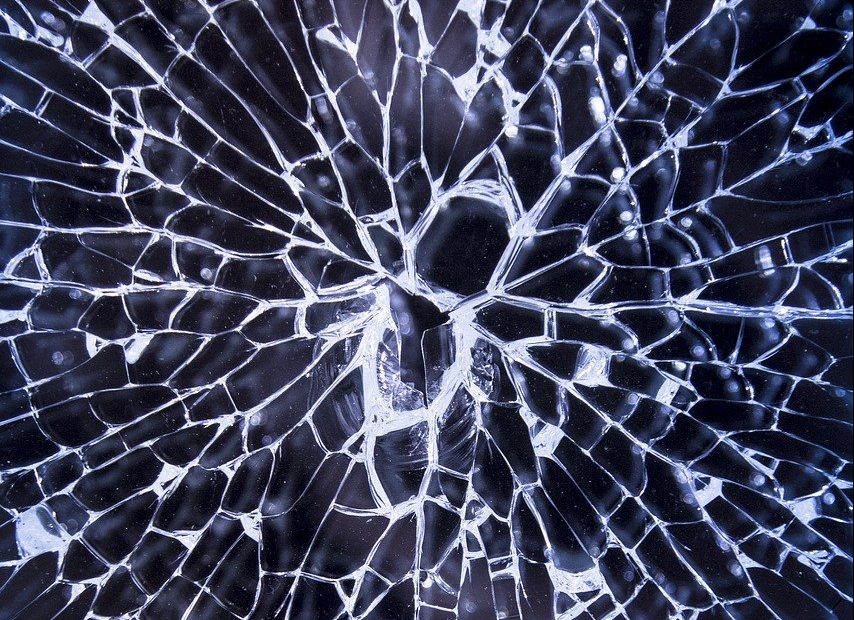
Nickel Sulphide Inclusion
On rare occasions toughened glass can break for no apparent reason. This can be caused by a variety of reasons including damage, impact or inclusions within the glass.
One particular type of inclusion, is nickel sulphide.
Nickel sulphide (NiS) is formed naturally within the glass making process but affects only toughened safety glass. The inclusions are too small to be visually detected by the glass processors and when heated during the toughening process, the inclusions undergo a change that reduces their size. Cooling of the glass is far too rapid to allow reversal of this and it therefore takes place over a period of time. If an inclusion is sufficiently large and is located within the centre of the glass it can cause spontaneous breakage once the installation is complete.
Heat-soak testing
Heat soak testing is a destructive test for the presence of nickel sulphide inclusions. It involves placing the toughened glass in an oven and heating it for a period of time (see BS EN 14179–1 2016 for more details). The glass is kept at this temperature long enough to fracture a large proportion of any panes that might otherwise fail in service.
Heat-soak testing is recommended for safety-critical work such as atrium glazing and balustrades as well as for load-bearing glazing, overhead glazing and highly trafficked areas such as airports and other high-profile areas.
There is currently no requirement under building regulations that states that glass must be heat soak tested. While the risk of glass failure due to NiS may be small, it is vital that full and proper consideration is given to the building use, the purpose of the glass and the risk it presents.
